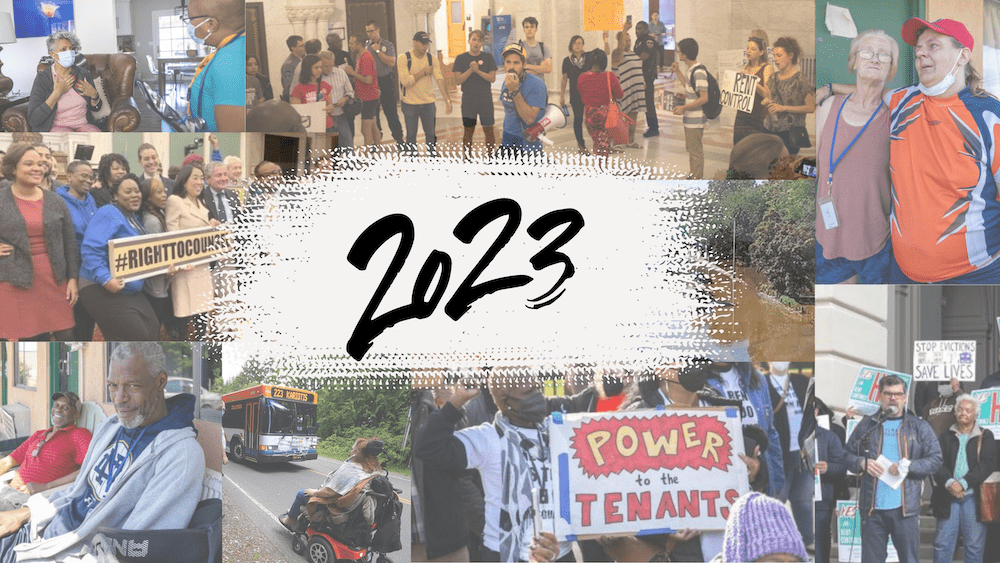
Image by Luna715 via flickr, CC BY-NC-ND 2.0
A citizen’s normal (and reasonable) assumption is that the federal government will generally enact polices that make our economic system more fair and efficient. Yet, a recent Treasury Department report on bank regulation and policy titled “A Financial System that Creates Economic Opportunities,” promotes changes that would move us backward when it comes to building a financial system that is equitable, efficient, and protects consumers and communities from abusive practices.
In the early days of his administration, President Trump signed an executive order that required the Treasury Department to study financial regulation with the aim of updating and streamlining regulation. The order mandated that Treasury assess the extent to which government oversight of the financial sector achieved certain core principles. Two of these principles were:
- To empower Americans to make independent financial decisions and informed choices in the marketplace, save for retirement, and build individual wealth.
- To foster economic growth and vibrant financial markets through more rigorous regulatory impact analysis that addresses….information asymmetry.
But the Treasury’s report recommendations regarding data disclosure would directly contradict these principles, making it more difficult for consumers to make informed choices because they would exacerbate information asymmetries.
The report acknowledges the important role of the Home Mortgage Disclosure Act (HMDA) data. It states:
“HMDA continues to be an important resource today to identify lenders who engage in discriminatory activity. HMDA data also helps lenders identify strategies to expand mortgage lending into underserved communities.”
Then, in the middle of a sentence in the recommendations section, the report says consideration “should be given for discontinuing public use.” This is an astonishing conclusion given that the report recognizes that HMDA helps to identify discrimination and provides a road map for expanding lending into underserved communities.
The only way to ensure the detection of discrimination and to identify credit needs in neighborhoods is if the data is publicly disseminated so that members of the public, community organizations, and other stakeholders can scrutinize the data and make their views known to banks and regulatory agencies.
If the data becomes only the tool of regulatory agencies, there is no public accountability. The vigor of bank regulatory agency enforcement ebbs and flows depending on the philosophy and predilections of agency heads and the Presidents who appoint them. The only constant demanding rigorous oversight is the public. But if the public does not have data displaying systemic lending patterns, their demands become considerably less effective and can be dismissed as complaints of isolated instances of lender misconduct.
In addition to enforcement of the fair lending laws against discrimination, HMDA data is used by community organizations, local public agencies, and other stakeholders to enhance neighborhood housing and community development plans where the data shows lending is sparse. Of course, this planning activity becomes much more difficult, if not impossible, when HMDA data is no longer publicly available.
Data combats information asymmetries. Abuses occur when lenders or brokers use their vastly superior knowledge of lending transactions to exploit borrowers and to convince them to accept loans with high fees and onerous terms. Borrowers will usually not study HMDA data to find lenders most likely to approve their applications for loans and to guard against lenders that offer high interest rate loans. However, community organizations will study HMDA data and inform housing counseling agencies and their clients which lenders are most likely to offer them a fair deal. Moreover, Federal Reserve Banks and other government agencies use HMDA data to provide information on lending trends and to provide educational materials for consumers.
The Dodd Frank Wall Street Reform and Consumer Protection Act of 2010 mandated improvements to the HMDA data so that more information is available about loan terms and conditions and the demographic characteristics of borrowers such as age. Dodd Frank also required the collection of race and gender of the borrowers of small business loans.
The Treasury report discusses the possibility of borrowers’ privacy being invaded by the new Dodd Frank HMDA data—with bad actors being able to identify borrowers through its use. An earlier post I wrote debunks this.
In addition, the Treasury report decries the cost of the new HMDA data as well as the small business data. It states, “The provisions in this section of Dodd-Frank pertaining to small businesses should be repealed to ensure that the intended benefits do not inadvertently reduce the ability of small businesses to access credit at a reasonable cost.”
This recitation of tired assertions of cost amounts to ideology without proof. If data collection was expensive for lenders, HMDA data would have long ago reduced access to credit for modest income borrowers and people of color. When barriers to lending have been examined by academic studies, it is not data costs that are identified but rather discrimination and/or barriers to information such as sparse data on appraisals in lower income neighborhoods. Reducing or eliminating publicly available data will only exacerbate barriers to information.
Tired ideology promotes poor policy.
In keeping with the misguided assertions of the Treasury report, a bill has been recently introduced in the Senate that would exempt lenders making 500 or fewer loans from reporting the new Dodd Frank HMDA data. This bill has been introduced despite evidence that the new data reporting would not significantly increase costs, since lenders must already collect information similar to the new HMDA data in order to comply with other consumer protection disclosure requirements (such as those on loan terms and conditions given to borrowers applying for mortgage loans).
We have had more than 40 years of experience with HMDA data (Congress passed HMDA in 1975). The HMDA data requirement not only survived, but was strengthened by Congress and the regulatory agencies during Democratic and Republican administrations. The report itself acknowledges its value. If a bipartisan consensus does not quite exist for the data, the length of time this requirement has existed suggests a bipartisan acknowledgment of its value. For this new administration to even suggest the deletion of this data is radical and contrary to the evidence of its value.
In 2017, The Washington Post started placing on its masthead the following slogan, “Democracy dies in darkness.” To this provocative phrase, we should add, “Communities die in darkness.” Without timely data, the public cannot keep up with lending trends in their neighborhoods. In this opaque lending environment, it is more likely that a paucity of responsible lending and/or a surfeit of abusive lending will decimate neighborhoods. Secrecy and information asymmetries breed unsavory behavior.






Well being that new hmda regulations are being put in place (2018 take effect)which will add to the already long list of disclosures that lenders have to read I am thinking that your article has it wrong.